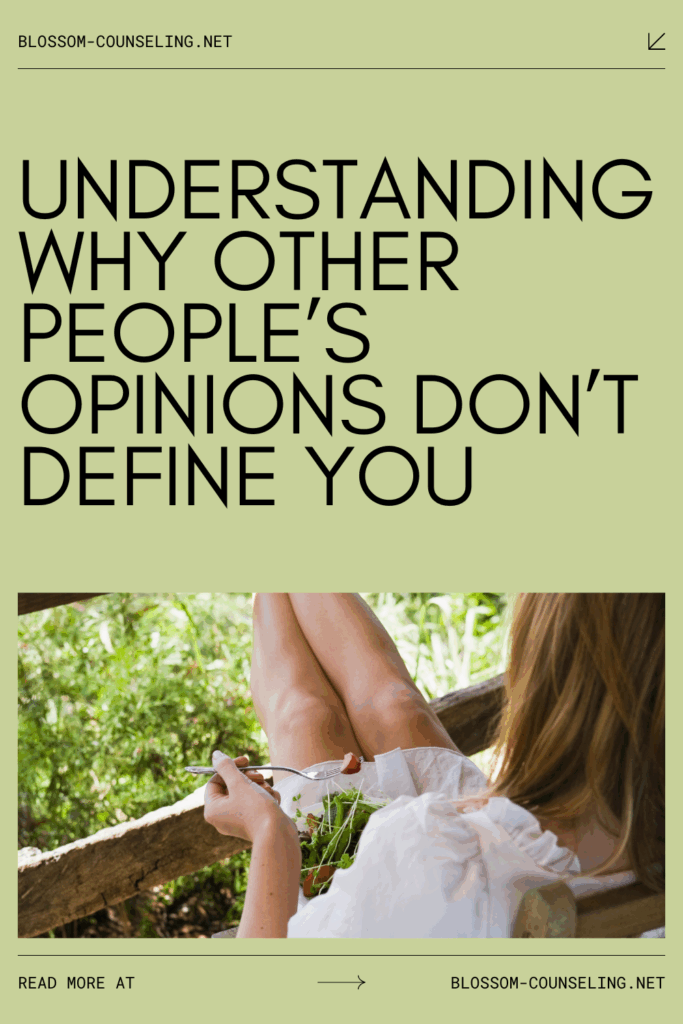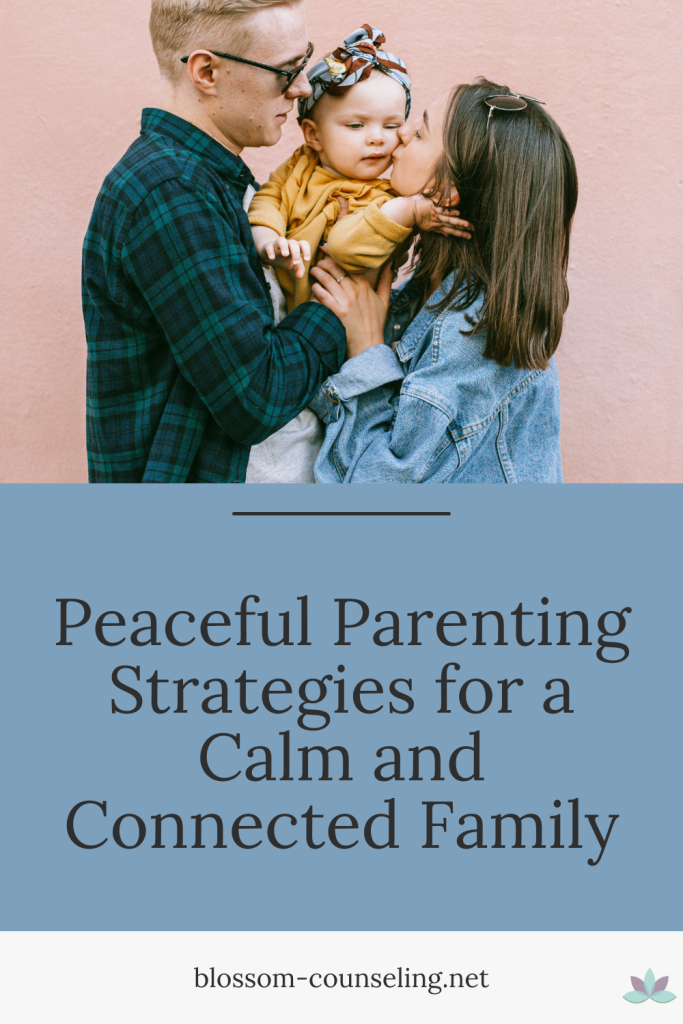You know that feeling when someone pulls away and you suddenly spiral into overthinking every text you ever sent them? Or maybe you’re the one who feels smothered the moment someone gets emotionally close. These responses aren’t random—they’re often rooted in something called attachment styles.
Attachment theory isn’t just psychobabble—it’s a well-researched framework that helps explain why we act the way we do in relationships, especially when emotions run high. Developed by psychologist John Bowlby and later expanded by Mary Ainsworth, attachment theory looks at how the bonds we formed with our earliest caregivers shape the way we connect with others as adults.
Let’s break it down in a way that makes sense, whether you’re single, dating, married, or somewhere in between.
What Is an Attachment Style, Exactly?
Your attachment style is basically your relationship blueprint. It’s how you tend to behave emotionally and relationally—especially when things feel uncertain, stressful, or intimate.
Attachment styles develop in early childhood as a response to how your caregivers met (or didn’t meet) your needs. These patterns often carry over into adult relationships unless they’re explored, understood, and (if needed) unlearned.
There are four main attachment styles:
Secure Attachment: The “I’m Good, You’re Good” Type
People with a secure attachment style usually had caregivers who were consistently responsive and attuned. As adults, they tend to feel comfortable with closeness and independence.
They trust others, communicate openly, and can handle conflict without spiraling. In relationships, they’re the ones who don’t play games, don’t freak out when someone needs space, and don’t lose themselves when things get serious. Secure attachment isn’t about being perfect—it’s about being emotionally stable and responsive.
Anxious Attachment: The “Are We Okay?” Type
This style tends to develop when a caregiver is inconsistent—sometimes nurturing, sometimes distant. The result? An adult who craves closeness but constantly fears abandonment.
Anxiously attached people often overthink, seek reassurance, and feel deeply hurt by perceived slights. They might text multiple times when someone doesn’t respond, or feel rejected even when there’s no clear reason. It’s not that they’re “too sensitive”—they’ve learned to be hyper-aware of emotional cues to protect themselves from being left behind.
Avoidant Attachment: The “I Don’t Need Anyone” Type
If your caregivers were emotionally unavailable, dismissive, or expected you to be self-reliant way too early, you might have developed an avoidant attachment style.
As an adult, this can look like a fear of dependence—on others or others on you. Avoidantly attached folks often struggle with vulnerability, tend to downplay emotional needs (their own and others’), and may feel uncomfortable with too much intimacy. They value autonomy so much that closeness can feel threatening.
Fearful-Avoidant (Disorganized): The “Come Here—No, Go Away” Type
This one’s the trickiest. It usually stems from trauma or chaos in early relationships—like a caregiver who was both a source of comfort and fear. As a result, adults with this style often feel torn between wanting connection and fearing it.
They may crave closeness but panic when they get it. They might test their partner’s love while simultaneously pushing them away. It’s not manipulation—it’s a survival strategy that comes from deep emotional confusion and pain.
Can You Change Your Attachment Style?
Short answer: Yes. Attachment styles are adaptable, not permanent personality traits. Therapy, healthy relationships, and self-awareness can help you develop a more secure attachment style over time.
The first step is recognizing your patterns—not to shame yourself, but to understand your emotional wiring. When you know why you react the way you do, you can start making different choices, communicate more clearly, and create relationships that feel safer and more fulfilling.
Understanding attachment styles isn’t about putting yourself in a box—it’s about giving yourself a map. One that shows you where you’ve been, and points toward where you’d like to go in your relationships.




